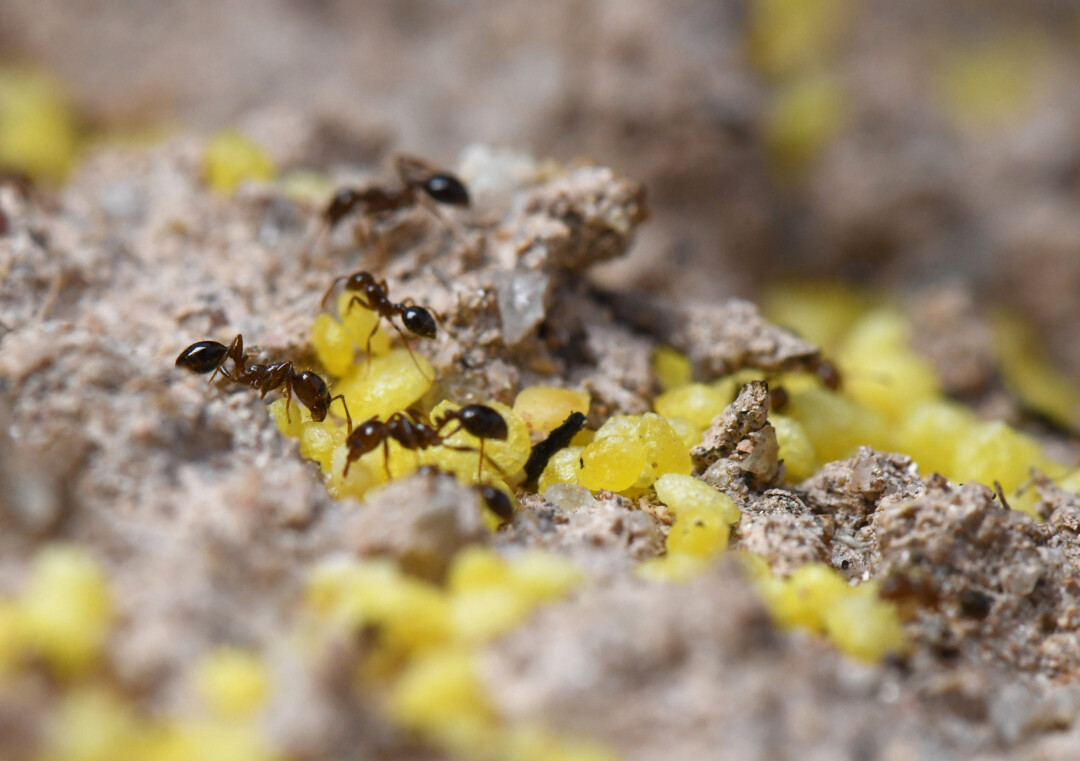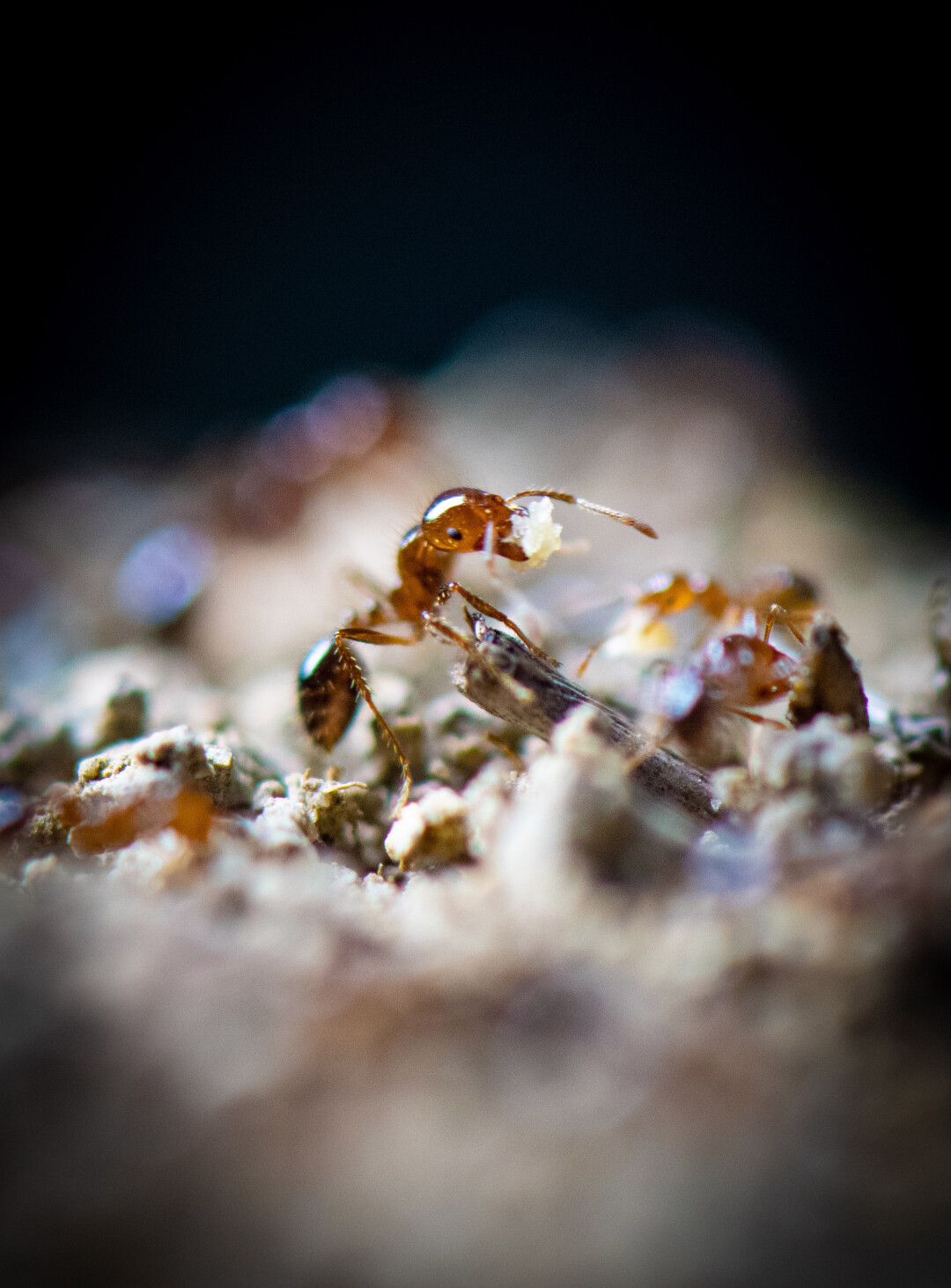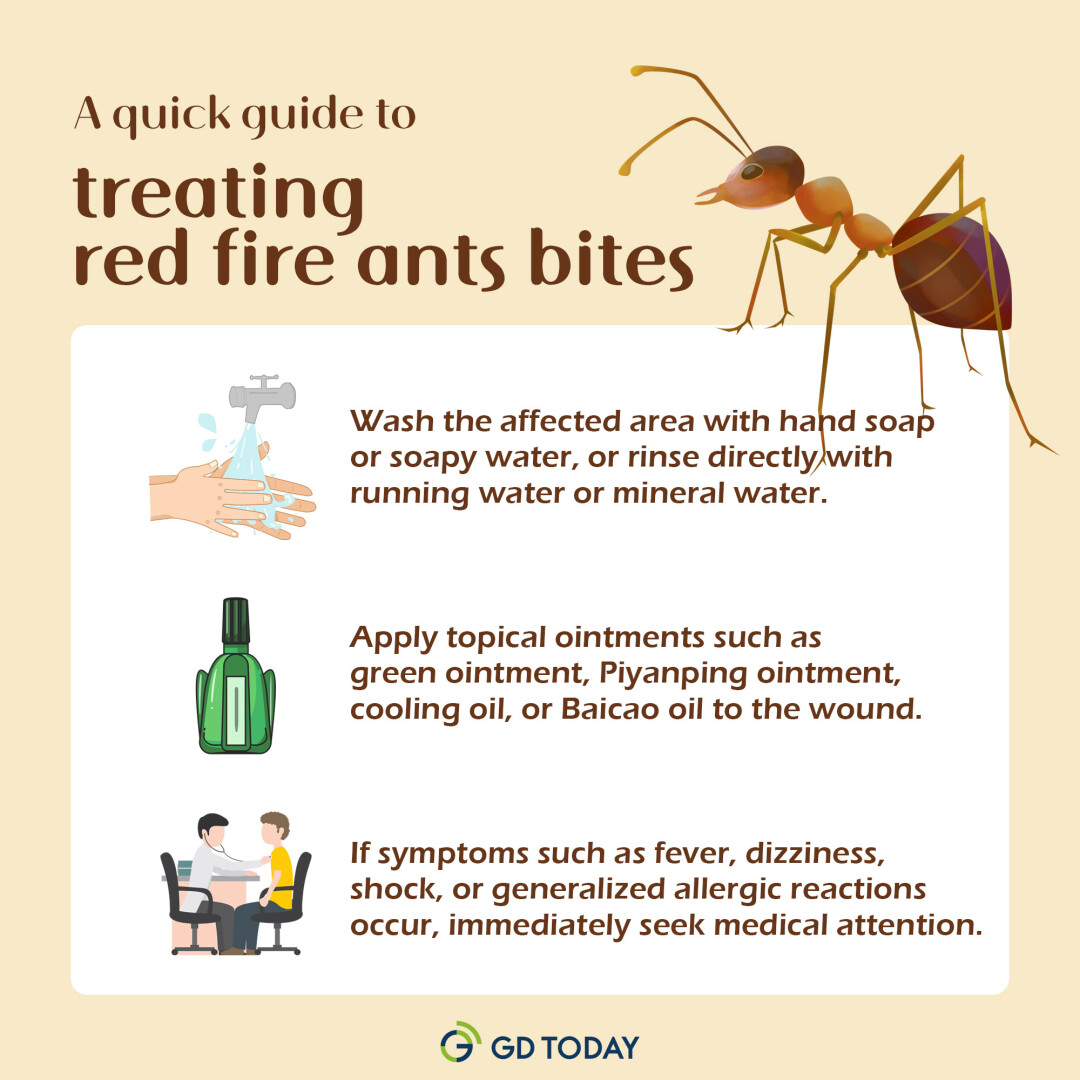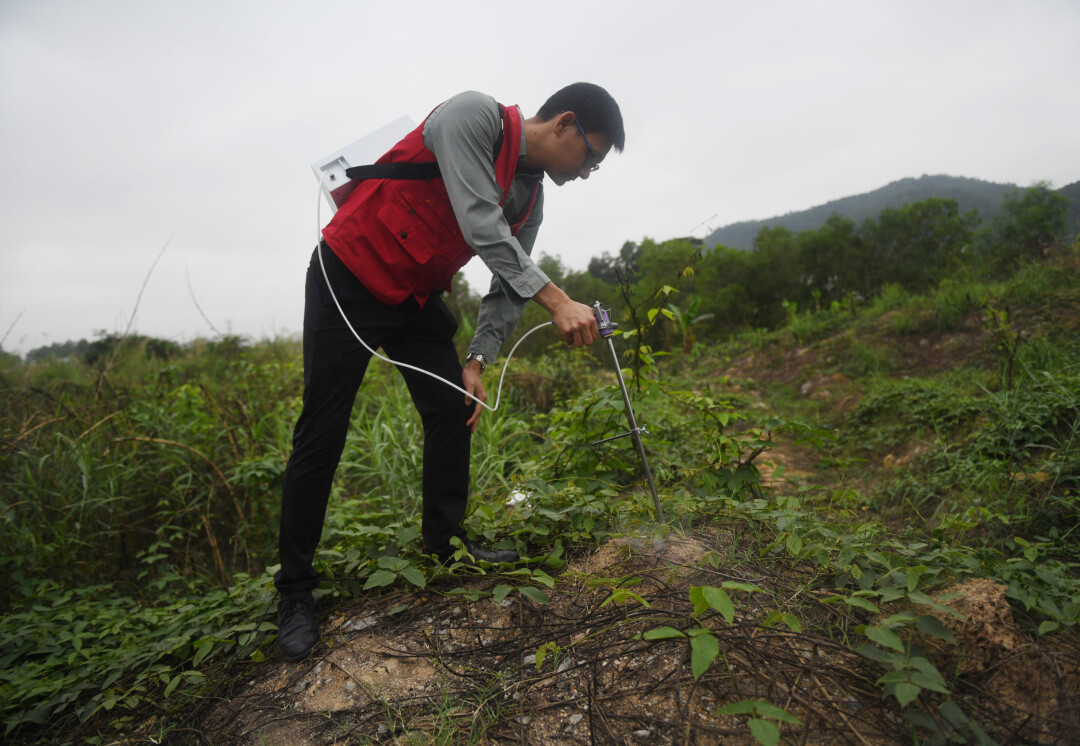As the temperature rises, it is again the high incidence period for red fire ants. Citizens should be vigilant against red fire ants when engaging in outdoor activities such as holiday travel, hiking in mountains and fields, and agricultural work.
Red fire ants are major invasive pests that are widely distributed in mountain forests, on lawns, in green spaces of parks, and in fields, posing a serious threat to the human living environment and agricultural production in Guangdong.

Please keep this red fire ant prevention and control manual:
I. How to identify red fire ants?
For non-professionals, red fire ants can be identified using three methods.
● Identification based on nest characteristics:
Completed ant nests are generally above the ground, forming mound-like anthills with a honeycomb-like interior. The surface soil particles of newly built ant nests are fine and crumbly, and more obvious mound-like anthills may also appear.
● Identification based on aggressiveness:
Unlike ordinary ants, red fire ants are highly aggressive. When their nests are disturbed, red fire worker ants will swarm to attack.
● Identification based on morphological characteristics:
Red fire ants have a shiny, reddish-brown body color with a darker abdominal color. The petiole section connecting the chest and the abdomen has two nodules. The first section is flattened and conical, while the second section is conical. The size of worker ants exhibits continuous polymorphism, and varying body sizes are a relatively obvious external feature of red fire ants.

II. Hazards of red fire ants
When disturbed, red fire ants will actively attack humans. The area that is stung will experience a burning sensation similar to fire burns, followed by local redness and swelling, which gradually forms a white pustule. Most people only feel pain and itching, while a few may experience widespread itching, urticaria, difficulty in breathing, and in severe cases, there is even a risk of shock and death.III. Handling of bites
If you accidentally step on an ant nest, use your hand or an object to quickly remove the red fire ants that have climbed onto your body, and carefully check for any missed ants to avoid being bitten.
● Symptoms of bites:
Red fire ants bite the skin with their mandibles and inject venom into the skin with their tail stingers. The stung area will experience a burning sensation similar to that of a fire burn, followed by redness, swelling, and the gradual formation of a white pustule. Different individuals may have varying degrees of allergic reactions. People who are allergic to insect venom proteins may experience symptoms such as generalized itching, urticaria, dizziness, vomiting, difficulty in breathing, and in severe cases, shock, and death. There is no need to excessively panic after being stung, but do not take it lightly.
● A quick guide to treating red fire ants bites:

Remember! Do not scratch or burst the pustule, in order to prevent secondary infection!
IV. Prevention and control measures for red fire ants
When you encounter red fire ants, remember not to disturb their nest. Avoid approaching the nest and inform the responsible person of its location promptly to control further spread of red fire ants as soon as possible.
If you find red fire ants on your farmland or near your house, do not approach them. Promptly warn your family and neighbors and purchase bait insecticide for red fire ants from local agricultural supply stores to eradicate them.
If red fire ants are encountered during farming, ensure adequate protection by wearing gloves and long rain boots. Use bait insecticide to kill the queen ants deep within the nest in time.

V. Precautions for applying bait insecticide
Incorrect methods such as burning with gasoline, spraying chemicals, or pouring hot water can actually cause red fire ants to spread and multiply.
It is recommended to use specialized bait insecticide for red fire ants. The bait is carried by the worker ants into the nest, where it is fed to other worker ants and the queen ants through trophallaxis, ultimately killing all ants in the nest. The use of specialized bait insecticide for red fire ants is currently the best prevention and control method, achieving the effect of killing the queen ants and eliminating the nest.

Precautions:
● The bait insecticide should be applied when the air temperature is between 21℃ and 34℃ or the ground temperature is between 22℃ and 35℃, with no rain expected for 8 to 12 hours, and the ground is relatively dry, during the time when red fire ants are active and foraging. During hot seasons, the application should be done in the evening or morning, and during cold seasons, it should be done around noon.
● If rain occurs within 3 to 4 hours after application, the bait insecticide needs to be reapplied when the ground dries after the rain. The bait insecticide should not be mixed with other fertilizers or granular pesticides. Avoid disturbing or destroying the ant nest before and after application.
● Inspect the effectiveness 14 to 21 days after application. If red fire ants are still active, reapplication can be performed to achieve better control results.
Author | Alice
Poster | Alice
Editor | Will, James
















